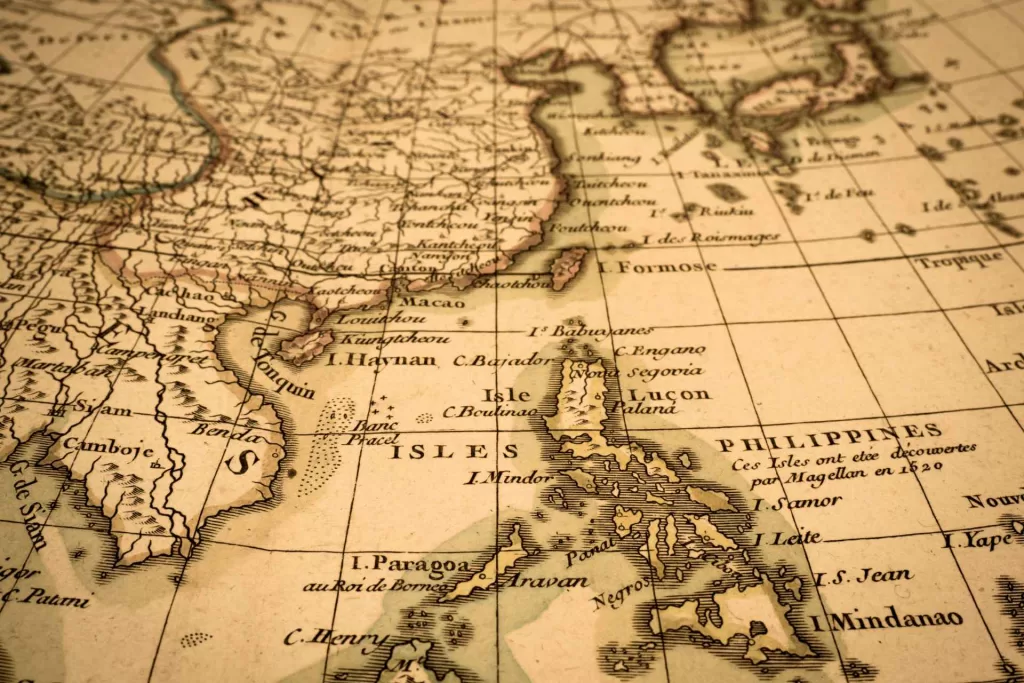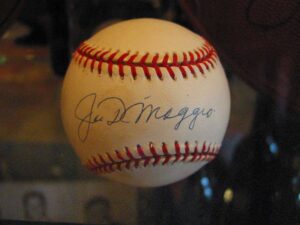Collecting maps is just the same as collecting any other antiques; it is a matter of personal taste and preferences and how much one is prepared to spend. The excitement and adventure of antique collecting involves owning something that has been produced by individual craftsmen whose love for the finished item is greater than its possible value. Most serious collectors will say that they prefer to own an item that has an inherent artistic uniqueness rather than one being a product of mass industry that can be found commonly in homes.
Artistic creativity aside, mapmakers hundreds of years ago were in business to make a profit. Even though their work was created, marketed and sold commercially, there is no question they also took a pride in the quality of their work. Even in the 15th century, maps were appreciated by the masses as works of art just as much as for any scientific merit they may contain.
Scarcity is always an issue to consider in market value; it is not about how many were originally made, it is about how many remain. Early printed maps, although drawn by hand in the original state, were nonetheless published from an individual plate and may well have been printed in the thousands – many for atlases. The key to remember, however, is what is the number of surviving copies still in existence (referred to as ‘extant’ – meaning not extinct or destroyed or lost).
Outside the mundane matter of money, the buying and selling for a profit, perhaps the real reward from a scholarly-collector point of view is to consider collecting maps for their own sake. Think of it in these terms: every individual old map represents a small part of man’s progress in documenting his own environment; where he has been and what he has seen. It also illustrates development and awareness of broader horizons as adventurous, pioneering men dared to travel farther and report their travels in graphic form so that others might follow in those footsteps and stretch the boundaries even further.
Collecting old maps has many complexities that are beyond the content limitations of this article, but here is an interesting and fun technique you can play around with. Most old paper contained a watermark which becomes visible when you hold the paper up to a strong light. This mark was impressed into the paper during manufacture with wire, or with thin brass formed into a design. In papermaking the manufacturer used a device or trademark impressed into the paper to gain attention to his name. We are able to decipher this information for you.
Another ‘aging’ technique is to examine the lines seen in some old paper which can give a rough indication of when the paper was made – from after 1480 the lines were about 2 ½” or less apart; before that date they were wider. Also, the majority of old hand-made papers were course, and often of uneven thickness; from about 1801, machine-made papers were much smoother and more even in thickness.
CONTACT US ON OUR FORM or call (888) 353-7152 if you have questions or would like to discuss an antique map appraisal








